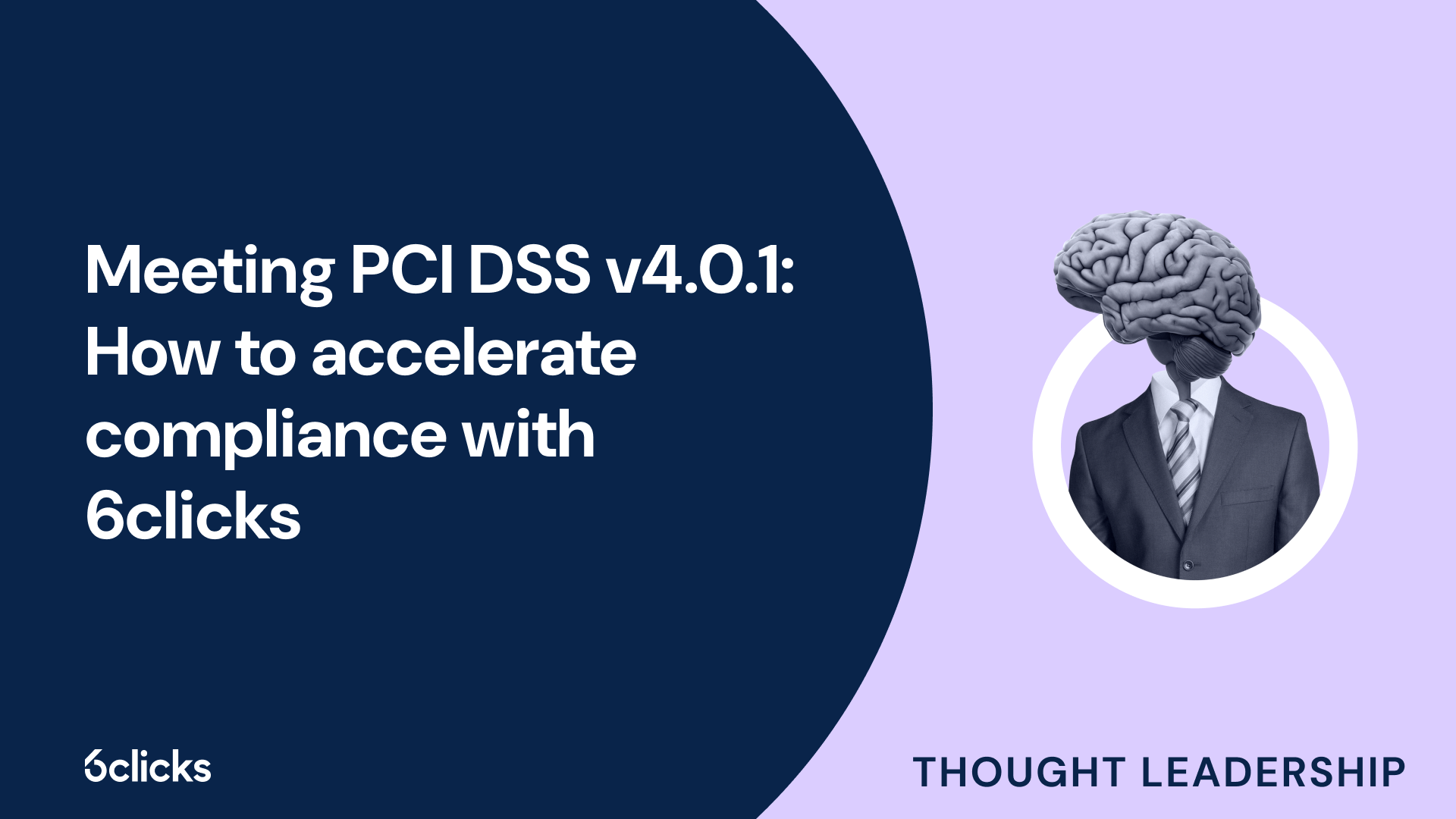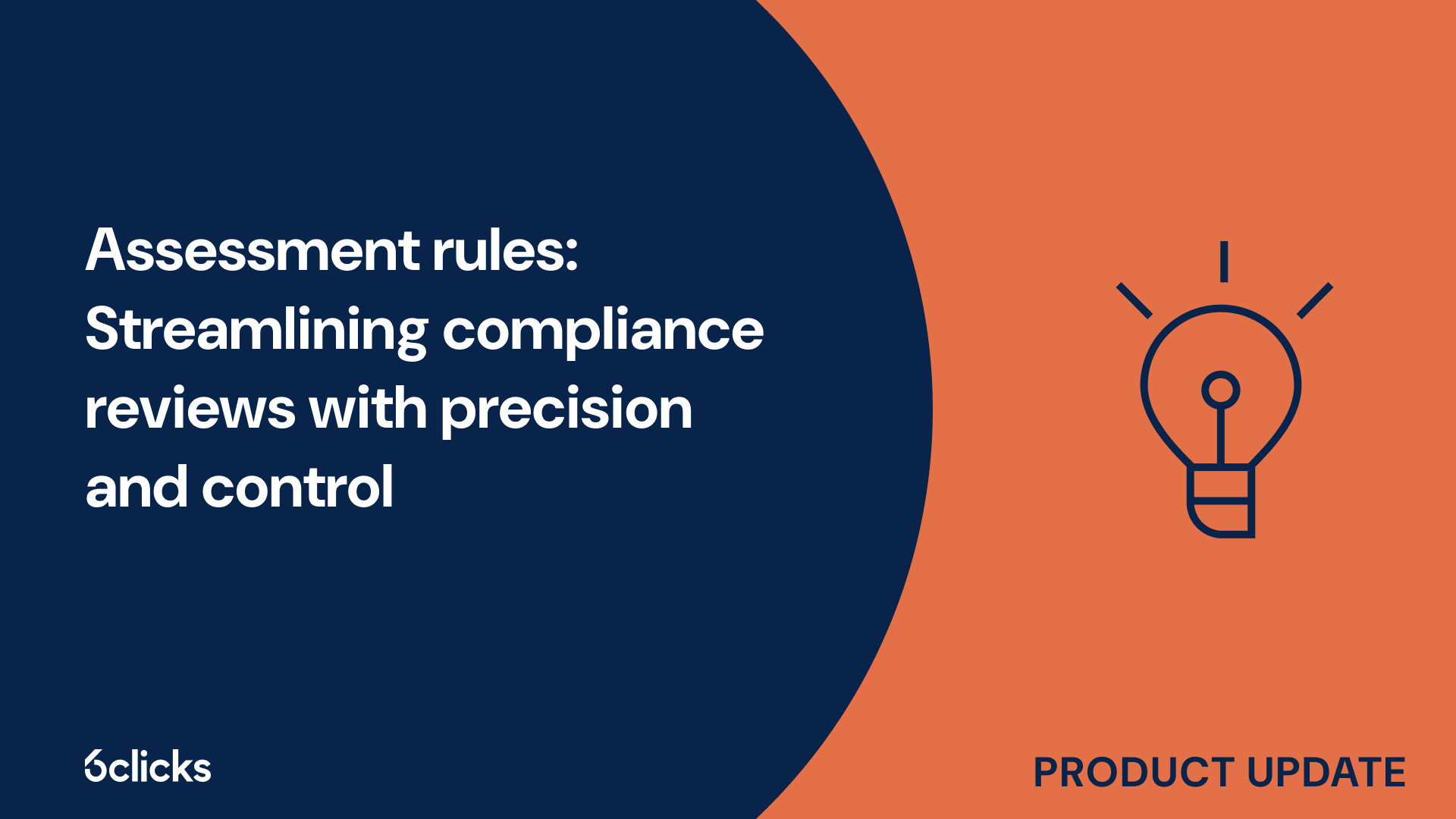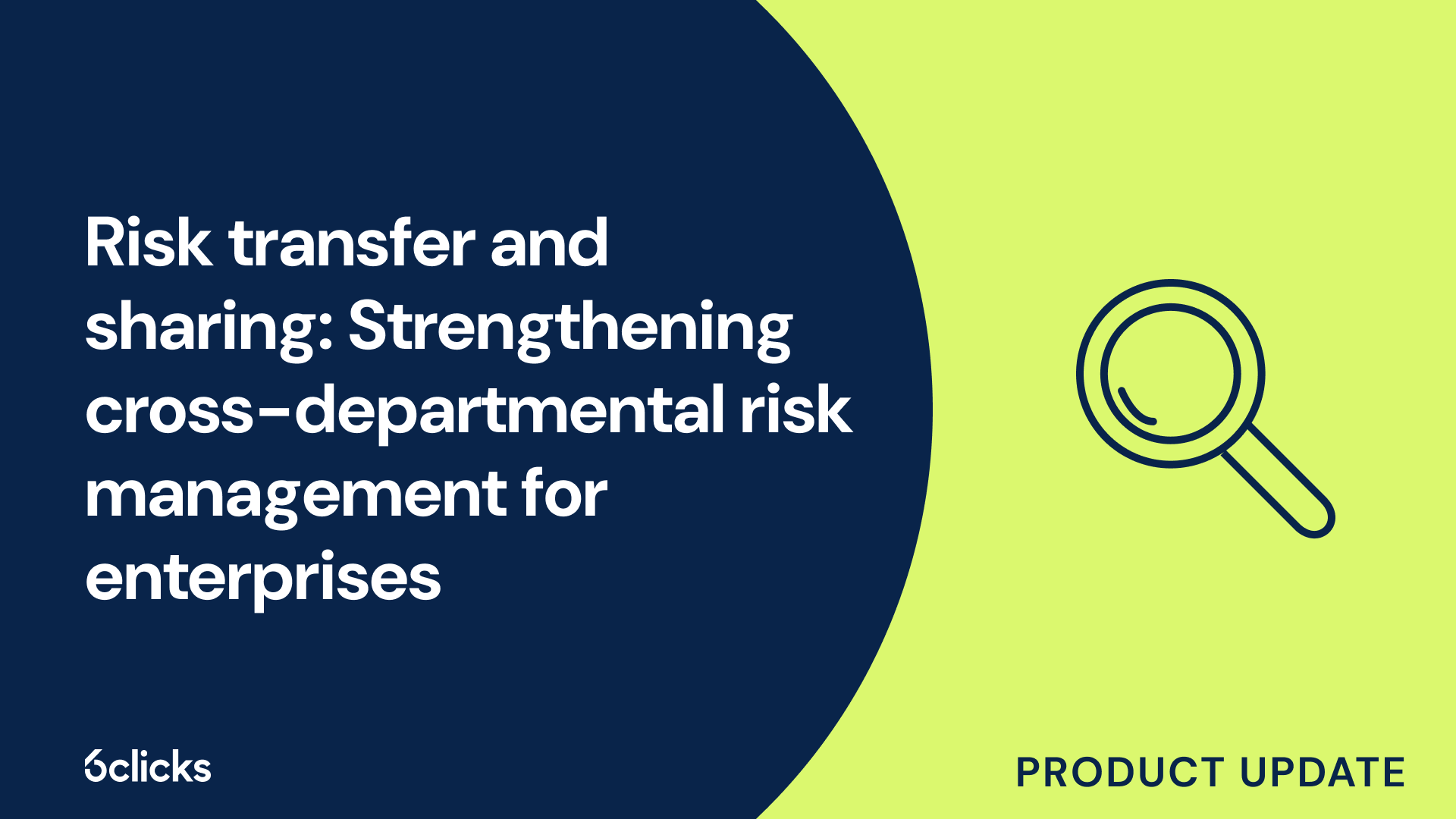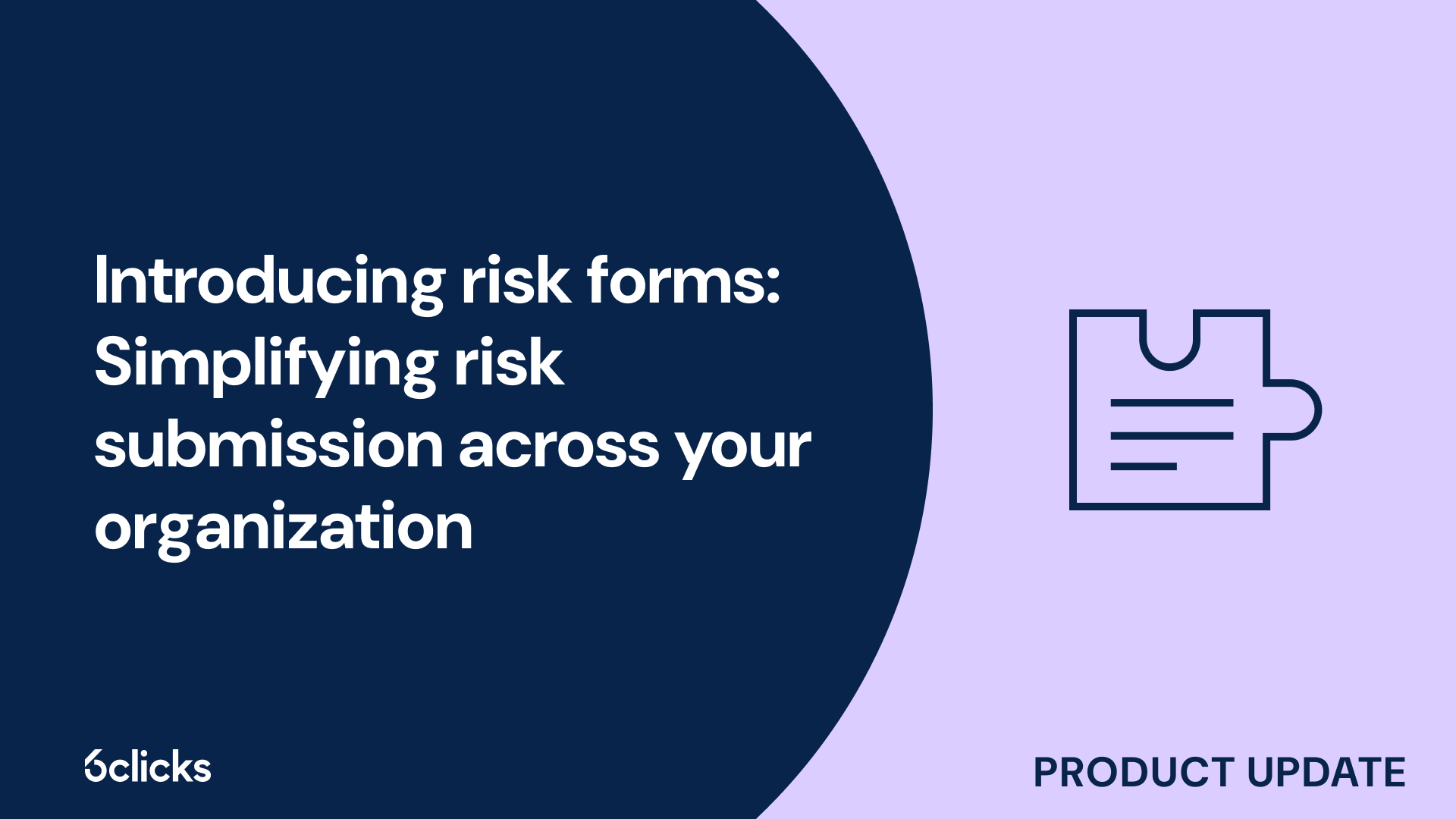The GRC buyer’s guide for 2025: Building resilience with AI-powered, federated solutions
Discover the ultimate GRC buyer's guide for 2025! Uncover how AI-powered, federated solutions transform compliance and security management for industries like government, aerospace, banking, and more. Learn about centralized control, continuous compliance, and advanced cyber GRC capabilities. Download now!
-1.png?width=200&height=249&name=Group%20193%20(1)-1.png)
The GRC buyer’s guide for 2025: Building resilience with AI-powered, federated solutions
What is risk acceptance in cyber security?
Risk acceptance in cyber security is a strategic decision made by organizations to acknowledge and tolerate certain risks rather than mitigate or eliminate them. This approach is used when the cost of implementing security controls outweighs the potential impact of the risk itself. Businesses and institutions must continuously assess threats and vulnerabilities to determine whether a risk should be accepted, mitigated, transferred, or avoided.
Understanding risk acceptance
Risk acceptance is one of the four main risk management strategies in cyber security, alongside risk mitigation, risk transfer, and risk avoidance. It occurs when an organization consciously decides to accept the consequences of a specific risk without taking further action to reduce its impact.
This approach is typically employed when:
- The cost of mitigating the risk is higher than the potential damage.
- The risk has a low likelihood of occurring.
- The impact of the risk is minimal or within acceptable limits.
- The organization has contingency plans to address potential incidents.
By choosing risk acceptance, organizations acknowledge that some risks are inherent to their operations and make informed decisions on how to handle them.
The process of risk acceptance
Organizations follow a structured approach when accepting cyber security risks:
- Risk assessment – Identify and evaluate potential threats, vulnerabilities, and their impact.
- Risk analysis – Determine the likelihood and consequences of identified risks.
- Cost-benefit analysis – Compare the cost of mitigating the risk versus the potential loss if the risk materializes.
- Approval from stakeholders – Ensure that decision-makers, such as executives and security teams, agree on risk acceptance.
- Documentation – Record accepted risks in official risk registers for future reference.
- Continuous monitoring – Regularly review accepted risks to assess whether circumstances have changed.
Examples of risk acceptance in cyber security
- Legacy systems – Some organizations continue to use outdated software due to high upgrade costs, accepting the associated security risks.
- Unpatched software – In cases where a patch might cause disruptions, businesses may choose to delay or forgo updates.
- Third-party risks – Companies working with third-party vendors might accept certain security risks rather than investing in additional controls.
- BYOD (bring your own device) policies – Allowing employees to use personal devices for work introduces risks, but some businesses accept them to enhance productivity.
Benefits and drawbacks of risk acceptance
Benefits:
- Reduces unnecessary spending on low-impact risks.
- Helps organizations allocate resources efficiently.
- Allows businesses to focus on higher-priority threats.
- Promotes flexibility in security strategies.
Drawbacks:
- Potential for data breaches and security incidents.
- Increased exposure to cyber threats.
- Possible compliance and regulatory violations.
- Reputation damage in case of a security failure.
Best practices for risk acceptance
Organizations can implement best practices to ensure risk acceptance decisions are informed and well-documented:
- Regular risk reviews – Continuously evaluate whether accepted risks remain manageable.
- Stakeholder involvement – Engage decision-makers, IT teams, and compliance officers.
- Incident response plans – Have strategies in place to address incidents arising from accepted risks.
- Compliance considerations – Ensure accepted risks do not violate industry regulations.
Conclusion
Risk acceptance in cyber security is a calculated decision where organizations knowingly tolerate specific risks to optimize resources and operations. While it helps in prioritizing security efforts, businesses must balance risk tolerance with compliance and security best practices. Regular assessments and monitoring are essential to ensure that accepted risks do not escalate into major security threats. By strategically managing risk acceptance, organizations can strengthen their overall cyber security posture while maintaining efficiency and operational continuity.
Effectively manage organizational risks by utilizing a powerful risk management platform with AI-powered capabilities and integrated audit and compliance functionality. Automate risk identification, generate real-time insights, and streamline remediation and monitoring. See the 6clicks platform in action:




.jpg?width=302&height=170&name=eBook%20Title%20-%20Risk%20management%20for%20ISO%2027001%20and%20ISMS%20expert%20guide%20eBook%20(1).jpg)





